What Is Sewerage?
Important Point
A sewerage system, or waste product assortment system, may be a mesh of pipes, pumping stations, and appurtenances that convey waste stuff from its points of origin to a degree of treatment and disposal. well points dewatering system
Also, Read: What Is Cross Drainage Work | Types of Cross Drainage Works | Syphon Aqueduct
What Is Storm Drain?
A storm drain, storm sewer, surface water drain/sewer or storm-water drain is an infrastructure designed to empty excess rain and well water from acidulated surfaces like made-up streets, car parks, parking tons, footpaths, sidewalks, and roofs.
What Is Difference Between Sanitary and Storm Sewers?
- Sanitary sewer is actually a mesh of underground pipes that carries sewage (waste) from bathrooms, basins, sinks & kitchens where it is filtered, treated and discharged.
- The storm sewer is actually a system constructed to transport rain-water and other drainage wastes. It is not designed to carry sewage or accept perilous wastes.
Also, Read: Basic Plumbing System | Drainage System | Supply and Drainage Subsystems
When Sewer and Storm Water Drains Are Combined to a Single System?
- The combined system provides at most one mesh of pipes, mains, and outlet sewers for a whole lot of waste matter and runoff.
Combined Sewer Overflows (CSOs)
- Systems that carry a blend of a whole lot of domestic waste stuff and storm waste material. Hence, known as combined sewers.
- Combined sewers generally include sizeable-diameter pipes or tunnels. These combined sewers are a dreadfully hard fount of pollution.
Also, Read: What Is Sunken Slab | Advantages & Disadvantages Sunken Slab
Household Drain Systems
The following fittings are normally utilized in buildings:-
- Wash Basin
- Sink While
- Bath Tub
- Water Closets
- Urinals
- Flushing Cisterns
#1. Wash Basin
- Wash Basin sometimes created of pottery or ceramic ware material. It’s elliptical in form as a bowl, with associate degree overflow slot at the very best.
#2. Sink While
- Sink While wash basin used for laundry face, hands etc. This category of sink is so utilized in room or science lab or workplace.
#3. Bath Tub
- Bath Tub Its created of iron or steel coated with terracotta or plastic stuff.
#4. Water Closets
- Water Closets Water closet designed to receive and discharge human excretory by-product.
#5. Urinals
- Urinals are of 2 varieties predominantly
- Bowl sort
- Slab or Stall sort Urinals
#6. Flushing Cisterns
- Flushing Cisterns Flushing Cistern used for flushing out water closets and urinals.
Also, Read: What Is Soil Vent Pipe | How Does Soil Stack Pipe Works | Soil Vent Pipe Material | Types of Plumbing System
House Drainage Parts and Components?
-
- Fixture Drains the visible part of a sink or shower drain that everybody is intimate with.
- U-bends or P-traps immediately after the fixture drains there is a p-trap, which is habitually a curved pipe. It holds standing water and averts sewage gasses from rising.
- Toilet trap sometimes built-in, the toilet trap is conventionally like the p-trap in shape and performance it blocks sewage gasses.
- Clothes washer Standpipe while most of your washer pipes may be hidden, the standpipe is often left exposed.
- Branch Drain lines usually run horizontally and connect fixture drain traps to main drain lines. They are often concealed to the rear of the walls.
- Main drain line concealed under your foundation slab or basement floor, the central drain line is connected to the municipal sewer line and carries every single milli-litre of your home’s wastewater thereto.
- Pipe shut-off stop valve is usually in the vicinity of your water meter and must fend off flooding or water damage.
Also, Read: What Is Plumbing Joint | Types of Plumber Joint | Different Types of Pipe Joints and Where Are Use
Types of Sewer Pipes
Types of Sewer Pipes are as follows.
- Orangeburg Sewer Pipes
- Plastic Pvc and Abs Sewer Pipes
- Cast Iron & Forged Iron Sewer Pipes
- Clay Tile Sewer Pipes
- Bituminized Fiber Sewer Pipes
#1. Orangeburg Sewer Pipes
- In older properties designed before the 1950’s, you may realize tobacco pipe, iron pipe, or a fibre passage pipe known as Orangeburg.
#2. Plastic PVC and ABS Sewer Pipes
- Plastic sewer pipe is on the market in each ABS and PVC. Plastic sewer pipe is typically light-weight, effortless to chop in pieces, affordable, and accessible at ease.
#3. Cast Iron & Forged Iron Sewer Pipes
- One among the uncomplicated things regarding forged iron pipe is that it’s improbably robust. Cast-iron sewer pipe is straight-forward, serious and it is a hefty job to chop it. Cast iron pipe is non-flammable.
- Forged iron sewer pipes give a decent water seal (eximious guard against roots) and are able to face up to a drastic earthquake.
#4. Clay Tile Sewer Pipes
- One good thing about tobacco pipe over plastic pipe is that it’s immobile, creating it extremely unsusceptible to chemical degradation.
#5. Bituminized Fiber Sewer Pipes
- The Orangeburg pipe may be a bituminized fibre pipe made of veneers of pulp and pitch, ironed along. These pipes were widespread owing to the fact that their light-weight style and simple use.
Also, Read: 20 Types of Plumbing Pipes for Different Use
Sanitary Pipework
Pipes In a house system, a pipe could have the subsequent designations, relying upon the performance it supplies:
#1. Drainpipe
- A pipe through that human excretion flows. A pipe that carries solely the liquid waste. It doesn’t carry human excretion.
#2. Vent Pipe
- A pipe provided for the aim of ventilation of the system.
#3. Rain Pipe
- A pipe which generally carries solely the rainwater.
#4. Anti-siphonage Pipe
- A pipe that is put in within the house evacuation to preserve the water seal of traps.
Traps A lure could be a depressed or bent fitting that maintaining a water seal and passage of foul gases.
#5. Classification of Traps
- Classification According to Form
- Classification According to Use
#a. Classification According to Form
P-Trap
- This resembles the silhouette of letter P, during which the legs area unit at right angles to every different.
Q-Trap
- Also referred to as half-S-trap. This resembles the silhouette of letter alphabetic character, during which 2 legs meet at associate degree angle excluding a right angle.
S-Trap
- This resembles the silhouette of letter S, during which each the legs area unit collateral to every different, discharging within the identical direction.
#b. Classification According to Use
Nahni or Floor Lure
- It is manoeuvred for floors, kitchens, bathrooms. It is concocted from forged iron, with gravity at prime to exclude brobdignagian size solid matter.
Gully Lure
- It unhitches sullage drain (collected from baths, kitchens etc.) from the most system. It is concocted from stone-ware / forged iron.
Intercepting Lure
- It is an exceptional sort of lure provided at the junction of the house drain with public sewer. It fends off the entry of foul gases from the public main drain into the house drains.
How Do Sewage Treatment Plants Work?
- In the Primary Chamber, the water sits till grease, oil and scum have floated at the very best and solids have settled on the substratum of the tank.
- In the Secondary Chamber that is wherever sewerage definition treatment plants dissent from septic tanks.
Advantages of a Sewerage Treatment Plant
- Reliable and dubious to come up against issues
- Can be put in even on burdensome sites
- Cost-effective over time, with solely installation, power and maintenance.
Disadvantages of a Sewerage Treatment Plant
- The plant wants an incessant offer of electricity to run
- Will need skilled perpetuation annually.
- Design and installation of the system have to be undertaken professionally.
Also, Read: What are Traps | What Does Trap do | 12 Types of Traps In Plumbing
Sewer Waste Process
Sewer waste is processed through the diffusion of systems within the subsequent steps:
- Biodegradable pollution is tense from buildings and houses through pipes that transfer the waste to filters that separate massive objects from the biodegradable pollution water.
- Next, mud, sand, and smaller materials can settle during a grit chamber.
- Bio-degradable pollution then flows into tanks wherever solids within the effluent can separate into sludge and water.
- The bio-degradable pollution water then transfers to a treatment plant in presence of microorganisms.
- The remaining water is disinfected and filtered into native lakes or oceans.
- The remaining sludge is processed in sludge digesters that kill microorganism.
Also, Read: What Is Septic Tank | How Does A Septic Tank Work | Septic Tank Design based Per User Consumption
Types of Sewers
The most ordinary sewers include:
#1. Combined Sewers:
- Combined sewers ordinarily carry domestic, industrial, and storm sewage.
#2. Sanitary Sewers:
- Sanitary sewers ordinarily deliver sewage wastewater to treatment plants.
#3. Storm Flow Sewers:
- Storm flow sewers ordinarily carry rainwater to drains and detention tanks.
What Are the Different Varieties of Sewage?
There are two types of sewage as follows.
#1. Treated Sewage:
- The stages of sewage treatment include pre-treatment, primary, secondary and tertiary sewage treatment and use of UV Light.
#2. Untreated Sewage:
- Untreated sewage refers to wastewater which contains harmful germs and bacteria and which has not yet filtered in a sewage treatment plant.
Household Drain Systems
The lowest part of a home drainage system, this pipe receives the discharge from soil, waste, and other drainage pipes, and then carries such discharge to the house sewer.
The house drain ends just outside the front or foundation wall of the building and operates by gravity.
Type of Sewer Pipe
- Pvc and ABS Sewer Pipe
- Cast-Iron Sewer Pipe
- Vitrified Clay Sewer Pipe
- Orangeburg Sewer Pipe
How Does a Sewer System Work?
Sewage is pumped from buildings and homes through pipes that transfer the waste to filters that separate large objects from the sewage water.
Large items can include plastic, logs, and other materials. Sewage then flows into tanks where solids in the wastewater will separate into sludge and water.
Types of Sewage
There are two types of sewage:
- Treated Sewage,
- Untreated Sewage.
#1. Treated Sewage:
Treated sewage refers to wastewater or sewage which has passed through a treatment plant. Sewage goes through several stages in the treatment process ensuring that all harmful bacteria, pollutants and contaminants are eliminated.
#2. Untreated Sewage.
Untreated sewage refers to wastewater which contains harmful waterborne pathogens and bacteria and which has not yet gone through a sewage treatment plant. Raw sewage originates from broken toilet pipes, overspills, industry leakages and heavy storms.
Sewage Vs Sewerage
Sewage is the waste matter carried off by sewer drains and pipes. Sewerage refers to the physical facilities (e.g., pipes, lift stations, and treatment and disposal facilities) through which sewage flows.
How Does a Sewage Treatment Plant Work?
Using internal mechanisms, a sewage treatment plant works by breaking down solid waste to produce a cleaner, more environmentally friendly effluent.
In the chamber, a pump airs the waste and encourages friendly bacteria to condense the organic matter. This breaks down and purifies the result.
What Is Sewerage Charges on Water Bill?
Water that comes out of the faucets in your home is charged to your water bill, while anything that goes down the drain is considered a sewer charge. Both of these charges are typically determined by the gallon.
What Is Private Sewerage?
A private sewer lateral (often abbreviated as PSL), is an underground pipe on your property that connects the home’s plumbing to the municipal sewer main. Essentially, all water and waste that goes down a drain in your home (including toilets, sinks, and tubs) ends up flowing through the PSL.
How Sewage System Works?
A conveyance, or sewer line, carries wastewater out of a home and is the starting point of the onsite sewage system. The conveyance line works by gravity to move wastewater away from a home and into the septic tank. This conveyance line has two vertical pipes used for cleaning out blockages after the pipe is covered.
Household Drainage Systems
The drainage system refers to the network of drainage pipe lines inside and outside the house to safely carry the used water into the municipal drainage. The drainage system pipes are designed to carry two types of waste water. These two pipes are known as sewage ( Soil ) pipes and sullage pipe.
Storm Drain Parts
Storm drains are designed to channel rainwater and other runoff away from roads, buildings, aInletnd other areas where flooding can cause damage. There are several parts that make up a typical storm drain system:
- Catch Basin
- Grate
- Inlet
- Pipe
- Outlet
- Headwall
- Erosion Control Measures
Storm Sewer Pipe
Flexible corrugated plastic pipe out performs its rigid counterpart, reinforced concrete pipe. Storm sewers collect stormwater runoff through a surface inlet and drain it in a closed system, often inlet to inlet, to an appropriate outlet, such as a stream or other waterway.
House Drainage System
A house drainage system is designed to collect and remove wastewater and sewage from a house, and it consists of several key parts. Here are some of the main components of a typical house drainage system:
- Drain Pipes
- Vent Pipes
- Traps
- Main Sewer Line
- Clean-Outs
- Septic Tank
- Drainage Field
Sewerage Pipes
Sewerage, are the underground networks of pipes that carry waste water and excrement, waste water and surface water run-off, from drains to treatment facilities or disposal points.
Components of House Drainage System
Typical Components of Foundation Drainage Systems
- Gutters and Downspouts. Your home’s gutters collect water flowing from the roof and divert it through downspouts to ground level, where the foundation drain system can take over.
- Perforated and Solid Pipe.
- Gravel and Fabric.
- Drainage Board.
- Trenches and Sump Basins.
Parts of Drainage System
The road drainage system consists of two parts: dewatering and drainage. “Dewatering” means the removal of rainwater from the surface of the road. “Drainage” on the other hand covers all the different infrastructural elements to keep the road structure dry.
Parts of a Sewer
Parts of Your Sewer System [The Ultimate Guide]
- Drainpipe. The first part of your wastewater’s journey begins at the literal drain–that piece that you see at the floor of your shower or tub, or in the basin of your sink.
- Traps.
- Branch Drain Lines.
- Soil Stacks and Ventilation.
- The Clean-Out.
- Main Drain Line.
- Sewer Main.
Storm Drain Pipe Materials
4 Types of Storm Sewer Pipes
- Reinforced Concrete Pipe.
- HDPP – High Density Polypropylene Smooth Interior.
- PVC – Polyvinyl Chloride.
- HDPE – High-Density Polyethylene Smooth Interior.
Define Sewerage
Sewerage refers to the system of underground pipes, manholes, pumping stations, and treatment plants used to collect, convey, treat, and dispose of wastewater and sewage from homes, businesses, and industrial facilities. Sewerage systems are designed to transport and treat wastewater and sewage so that it can be safely discharged into waterways or reused for other purposes.
Like this post? Share it with your friends!
Suggested Read –
- Tunnel Types
- Sewage System
- Types of Washer
- Parts of Building
- What Is Survey Levelling | Important Terms Related to Levelling | What Are Different Types of Levelling | Types of Trigonometric levelling
- Emulsion Paint Vs Oil Based Paint | Purpose of Providing Paints | Properties of Good Paint | Properties of Good Paint | What Is Oil Based Paint
- Building Layout | How to Building Layout | What Is Method of Layout of Building | Control Lines of Construction | Construction Layout
- Definition of Shear Force and Bending Moment | What Is Shear Force | What Is Bending Moment | Relation Between Loading, Shear Force & Bending Moment
- What Is Road Pattern | Different Types of Road Patterns | Grid Pattern Definition | Radial Pattern | Rectangular or Block Pattern | Minimum Travel Pattern
Originally posted 2023-04-25 16:39:29.

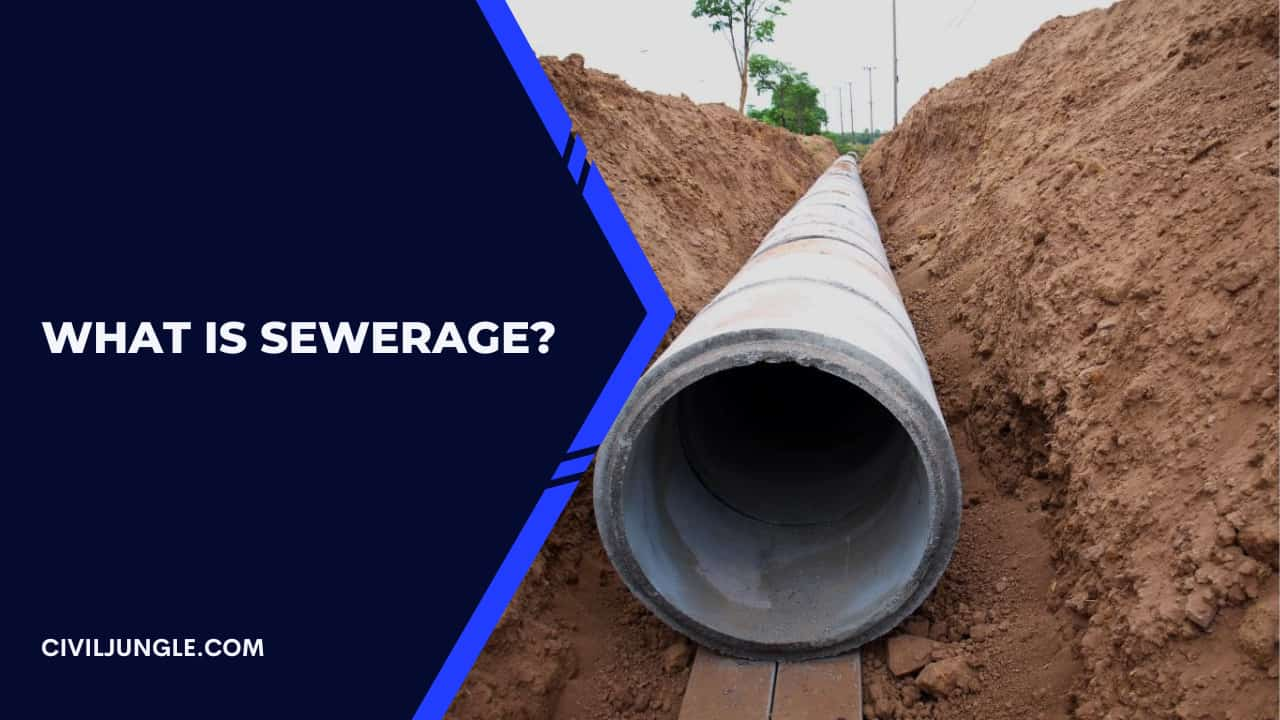


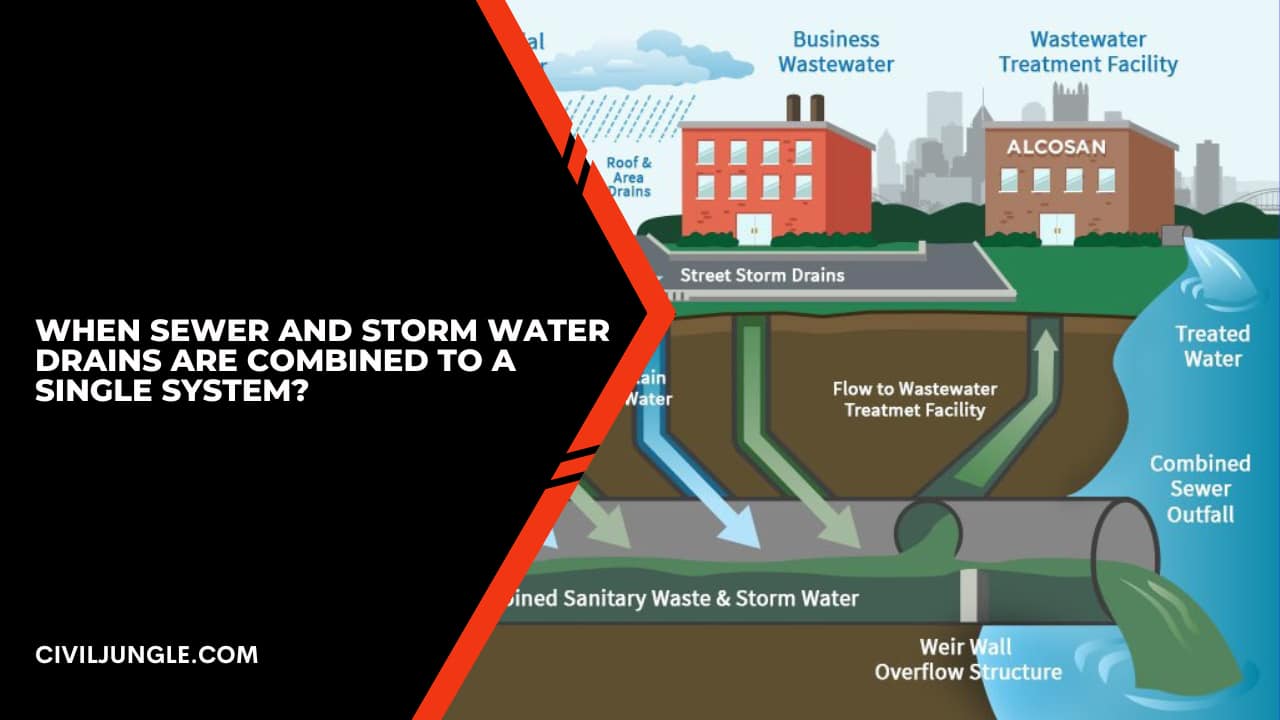
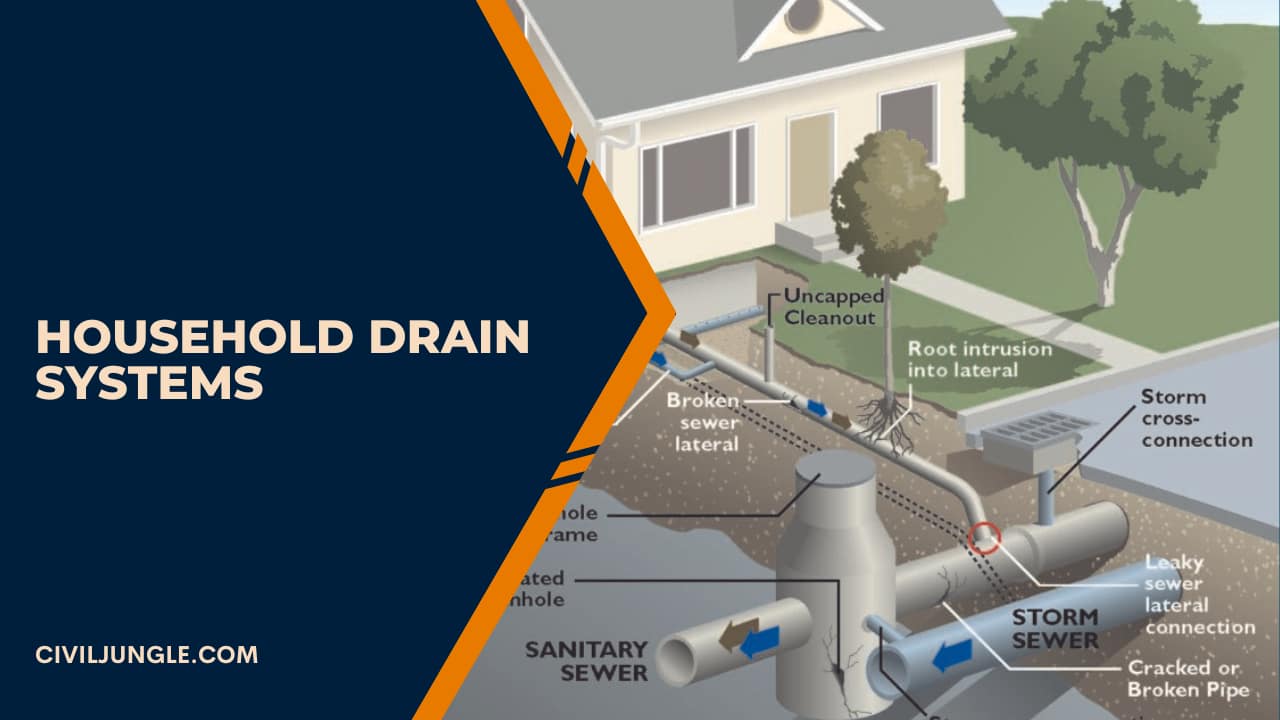
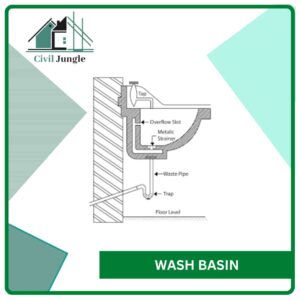
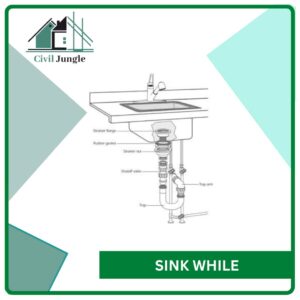
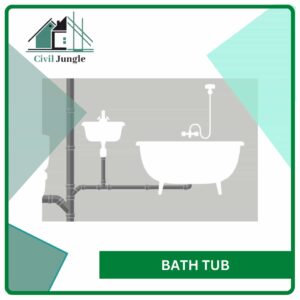
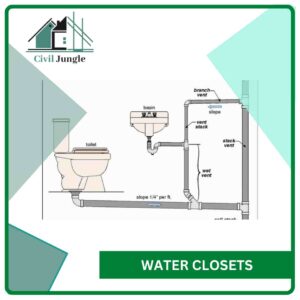
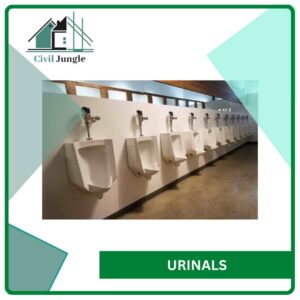
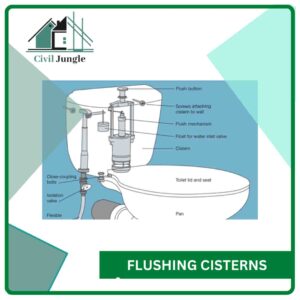
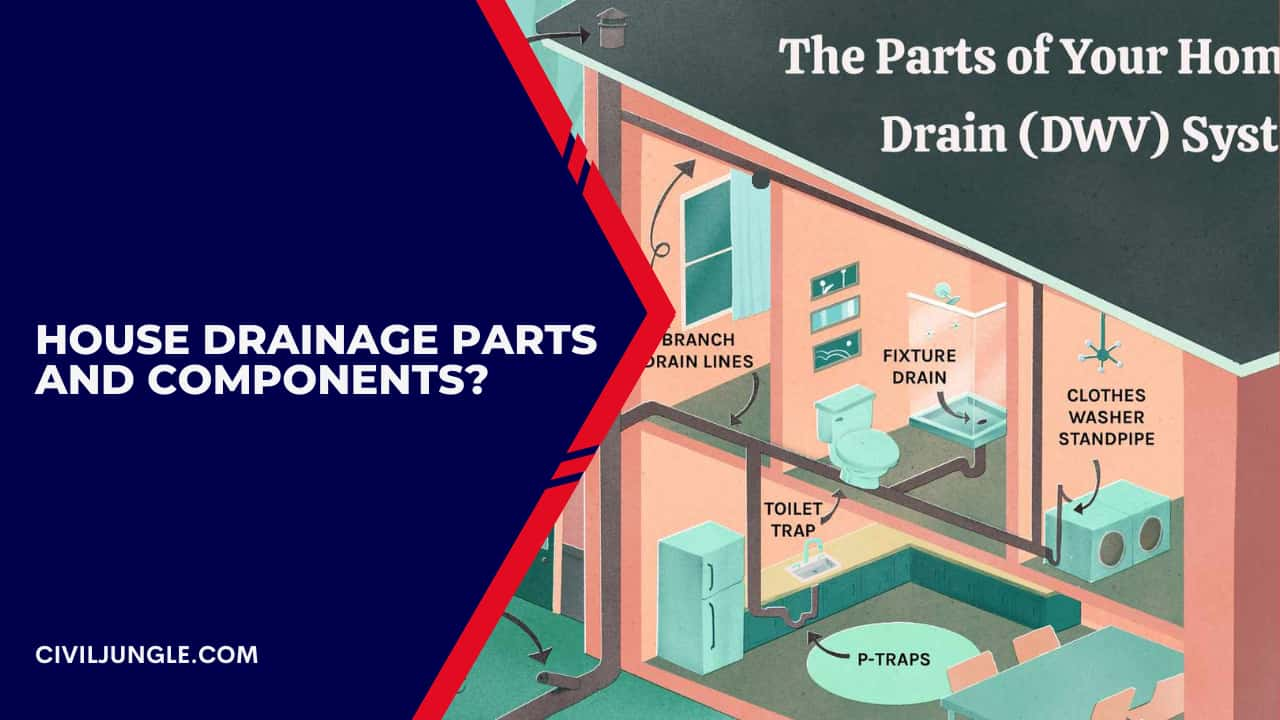

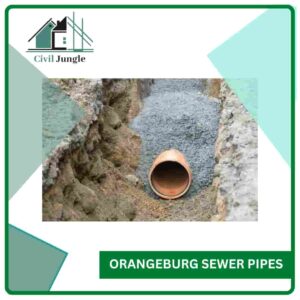
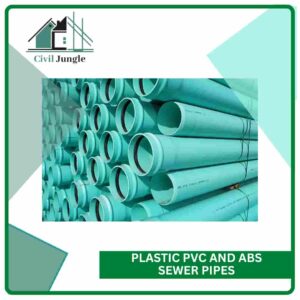
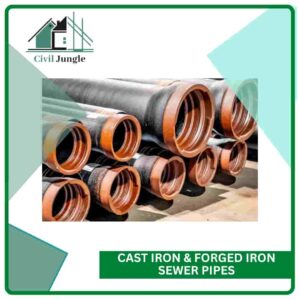
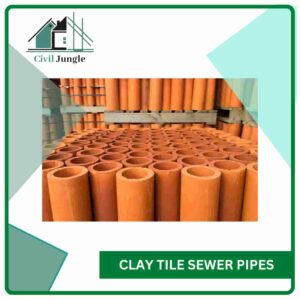
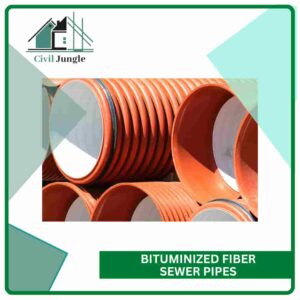

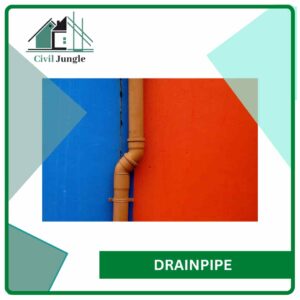
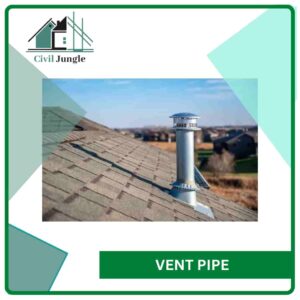
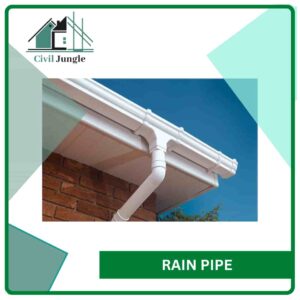
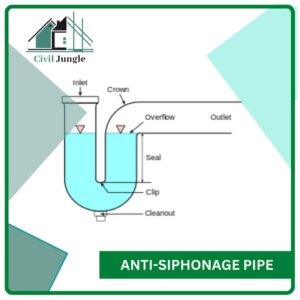
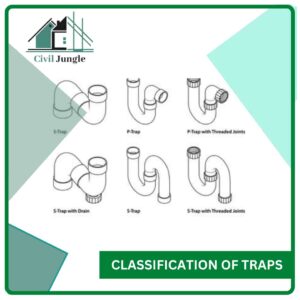
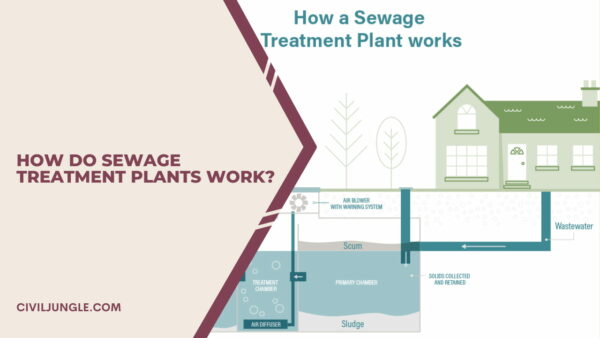
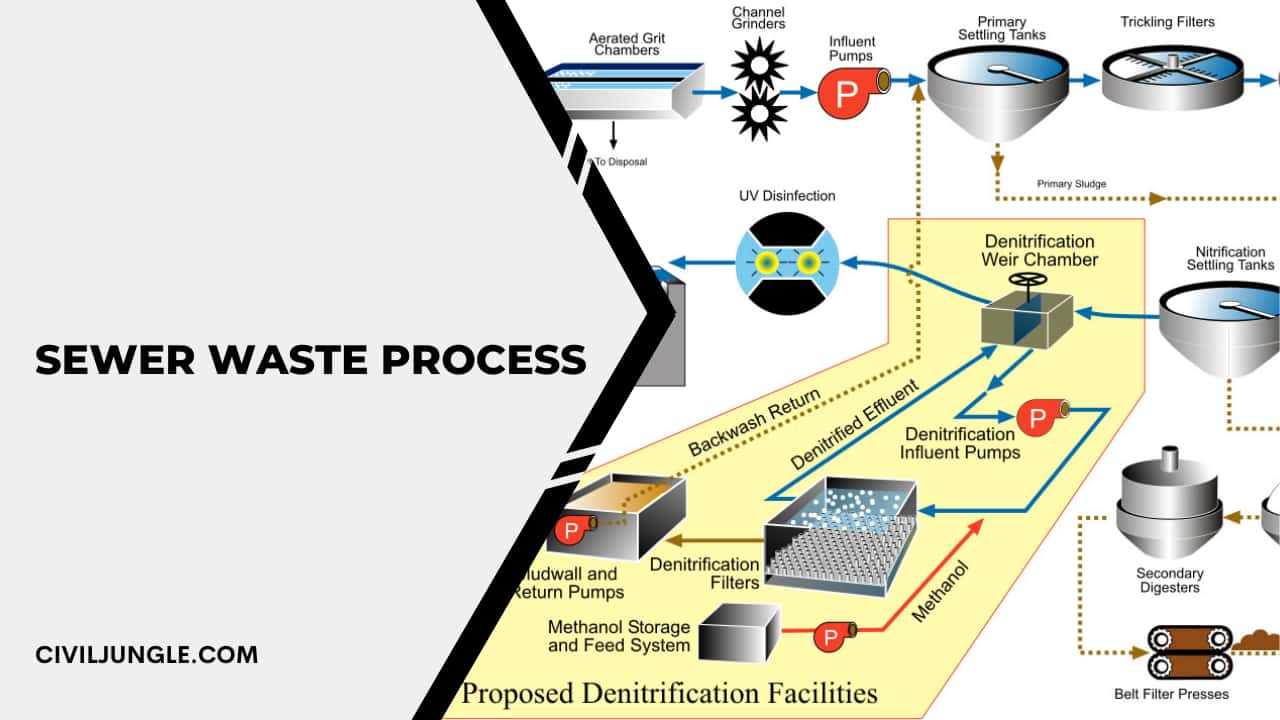
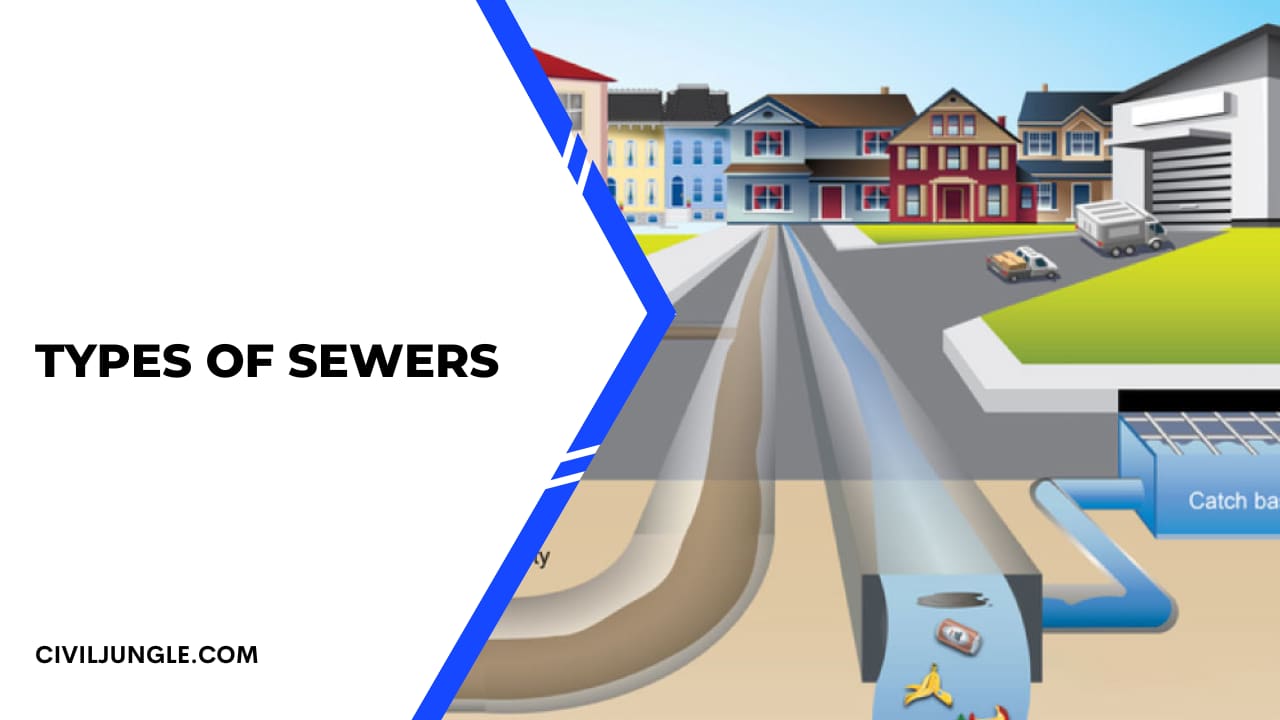
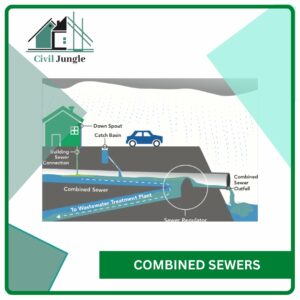
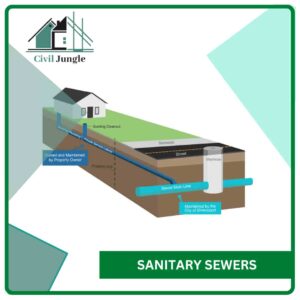
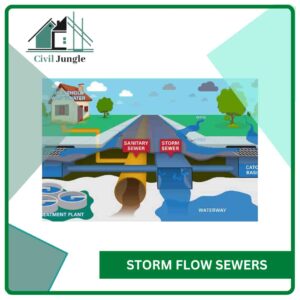
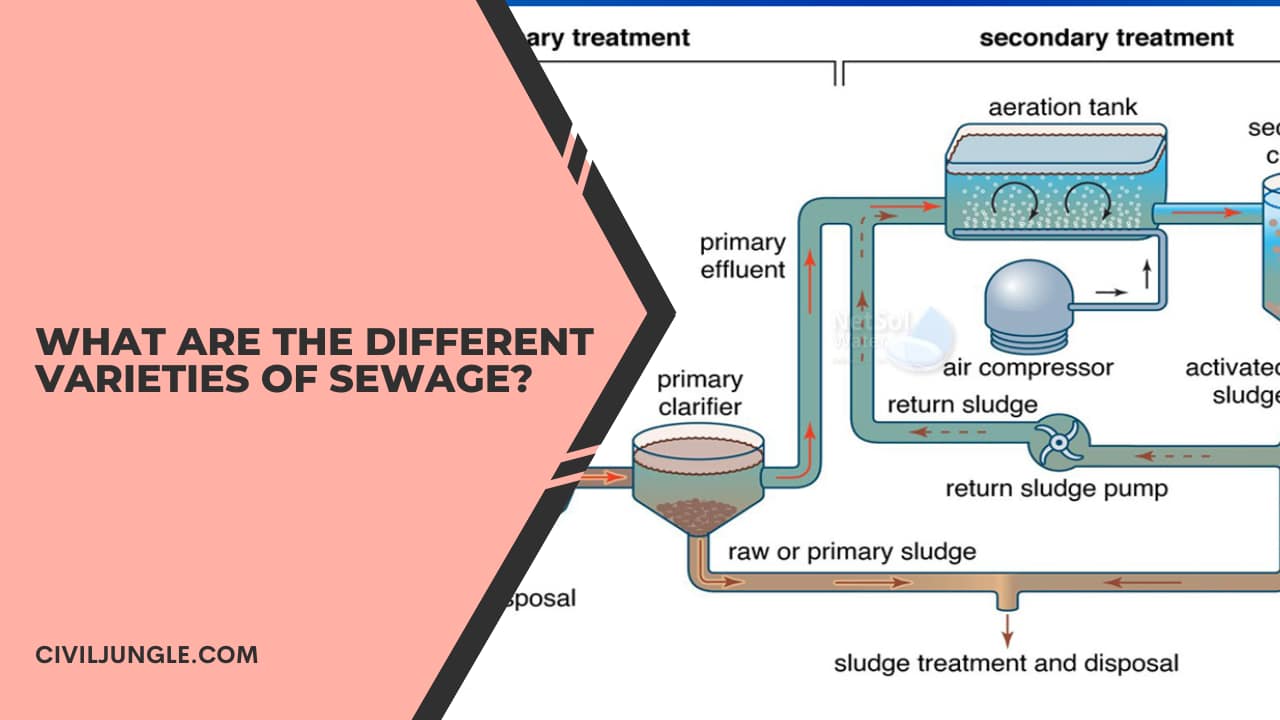
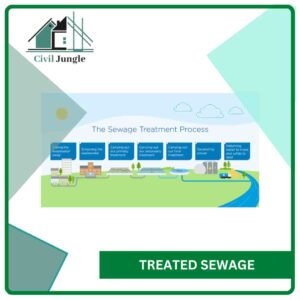
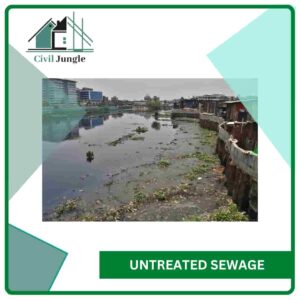

Leave a Reply